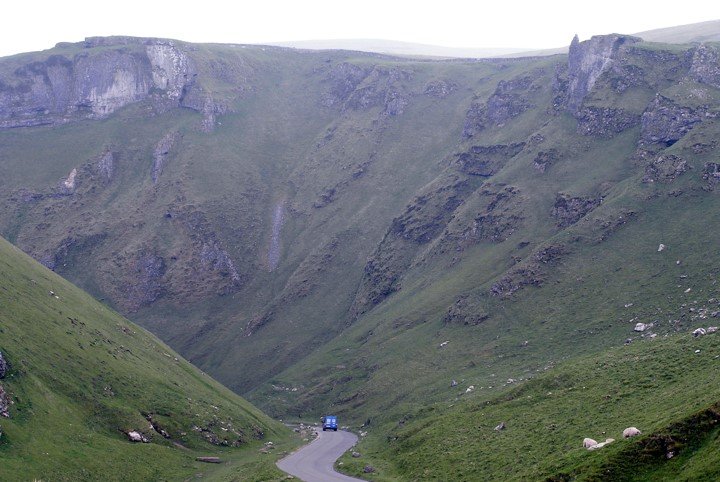
In the UK, carbonate sedimentation took place on the footwalls of normal and oblique faults that were active within a back-arc extensional basin. The platforms were both isolated and land-attached, with the basin configuration strongly influencing the influx of clastic sediments onto the platform top. On the North Wales Platform, a mixed carbonate-clastic succession indicates sedimentation took place in turbid water along a complex shoreline, with localised formation of peat bogs and mires (del Strother, in prep). Further offshore, periodic incursions of sandstone occurred during emergence and subsequent transgression of the platform top. On the Derbyshire Platform, deep water basins surrounding the most distal part of the platform trapped clastic sediment shed from the nearby Wales-Brabant Massif landmass. Many of the carbonate platforms in northern England exhibit calcretes, mammilated surfaces and palaeosols that appear to be regularly spaced and continuous. Consequently, many studies have concluded that they provide evidence for cyclic fluctuations of relative sea level associated with the onset of the glaciation. Recent work at University of Manchester (Manifold, 2019) has shown that these surfaces are discontinuous, and that the platforms exhibit a facies mosaic that is likely to have been generated by autocylcic processes and self-organisation. This has implications to how we model and predict the distribution of facies in carbonate systems, and also to our understanding of how platforms respond to changing environmental conditions.